Specialist managers increase transactions involving problematic assets
08/07/2024
/i.s3.glbimg.com/v1/AUTH_37554604729d4b2f9f3eb9ad8a691345/internal_photos/bs/2024/2/X/T05kkcREWn8Lyg2PtDqQ/050824latache3.jpg)
Renato Azevedo — Foto: Gabriel Reis/Valor
Companies facing financial distress and undergoing restructuring are increasingly being sold for nominal amounts, with buyers assuming the existing debts. A notable instance is the sale of the retailer DIA for €100 during its court-supervised reorganization process. Initially, the Spanish group attempted to divest the asset before it sought court protection for its creditors.
In the biotechnology sector, Superbac, which received investments from XP’s private equity fund, transitioned to a firm specializing in restructuring, Valor found. Similarly, the footwear retailer Mr. Cat, which received investments from the HIG fund, followed this trend. Both XP and HIG declined to comment when approached.
Another example includes Rodovias do Tietê, which was sold for R$1 after restructuring firm Starboard brokered the deal. A representative from the managing firm explained that the bondholders organized into a temporary holding structure, assumed the company’s debts, and established interim governance pending approval from the granting authority.
Renato Azevedo, a partner at Latache, notes the increasing prevalence of such transactions in Brazil. “This growth is driven by a more sophisticated market and evolved legislation, along with a greater understanding from both shareholders and creditors that, in some cases, this might be a more viable option than simple debt renegotiation,” he explains.
Market insiders reveal that some investment firms employ a strategy of divesting problematic assets to facilitate exits from challenging investments, typically demanding extensive restructuring efforts. These transactions are often “closed-door” sales, which entail the transfer of both assets and associated liabilities.
Daniel Vorcaro, president of Master, elaborates on the economic volatility, pandemic impacts, and institutional crises that have compelled numerous companies to undergo restructuring. The bank has engaged in acquiring companies for nominal sums while taking on their debts, either directly or through financial vehicles associated with the institution.
Mr. Vorcaro highlights several notable acquisitions in this framework. Beyond the retailer DIA, Master’s MAM fund—operating independently from the bank—acquired Veste (previously known as Restoque), which manages several prominent fashion brands, and Metalfrio, an industrial concern. “These companies are well-regarded but required substantial restructuring,” he notes.
According to Mr. Vorcaro, these symbolic purchases are integral to a broader strategy of sophisticated capital restructuring. This approach is designed to recalibrate the company’s debt load, setting the stage for future growth and stability.
In certain situations, stressed assets represent the final divestment within a portfolio, according to industry insiders. Notably, last year, Pátria Private Equity offloaded Tenco, a company that owns shopping centers in Brazil’s countryside regions, as the last of its troubled investments.
Sources reveal that asset management firms like Vega, Starboard, and Evix have engaged in similar transactions. Additionally, special situations asset restructuring companies such as Makalu and Prisma are known to have contemplated these types of deals, Valor found.
Gilberto Zamcopé, a trailblazer in this sector and founder of the OrderVC fund, has a track record of turning around distressed companies. Eighteen years ago, he purchased Wap, a manufacturer of high-pressure washers, for R$10 million when it was mired in debt. After comprehensive restructuring, the company is now valued at R$3.5 billion. “It was a failed company; carrying debt in Brazil is very challenging,” Mr. Zamcopé remarks. The turnaround strategy included overhauling the administrative processes and outsourcing production to China to revitalize the business.
Mr. Zamcopé has coined the “theory of order” over his career, which has proven effective in his ventures. This year, he acquired another struggling business, Acquion, a collagen manufacturer. “I’ve bought several companies in disarray; it’s not necessarily better than buying a stable company, but a stable one is more expensive,” he explains. With high interest rates currently pressuring many firms, Mr. Zamcopé notes an increase in available opportunities. “High interest rates often precipitate crises, leading companies into disarray. Other contributing factors include toxic leadership, succession issues, market dynamics, competitive pressures, and technological challenges,” he elaborates.
Demand for restructuring expertise is surging, prompting firms like Evix to establish specialized teams to manage these situations internally. André Berenguer, a partner at Evix, explains that the rise in restructuring cases typically aligns with economic downturns and follows periods of aggressive corporate expansion, such as those witnessed during the pandemic fueled by high global liquidity and low interest rates.
Mr. Berenguer identifies three main groups seeking Evix’s restructuring services. The first includes private equity funds at the end of their investment cycle needing to divest problematic assets to return capital to investors.
The second group also consists of private equity funds, but these are seeking assistance with portfolio companies requiring restructuring before they reach the divestment phase. The third group involves financial institutions that have acquired stakes in struggling companies through debt-to-equity conversions and now require specialized turnaround expertise.
Luiz Prazo, a partner at Makalu, notes an uptick in such cases at his firm. He emphasizes the importance of thorough due diligence to avoid unforeseen risks. “We focus on sectors we are familiar with to fully understand the risks involved,” he states. Mr. Prazo points out that acquisitions in this segment often involve taking on substantial liabilities, as purchases made for symbolic amounts like R$1 typically imply the assumption of existing debts.
Sources interviewed by Valor indicate that international conglomerates planning to exit the Brazilian market have increasingly turned to asset divestment as a viable option, as seen with companies like DIA. Often, these negotiations are conducted solely with a local representative, as the primary management may no longer be operating within the country. “There are opportunities to secure favorable deals currently,” one source noted, preferring to remain anonymous.
This strategy falls under what is globally known as dealing with “corporate orphans.” This term refers to companies looking to offload a business division that no longer aligns with their core objectives or to withdraw from a specific geographical market.
*Por Fernanda Guimarães, Mônica Scaramuzzo — São Paulo
Source: Valor International

/i.s3.glbimg.com/v1/AUTH_37554604729d4b2f9f3eb9ad8a691345/internal_photos/bs/2023/R/d/gFReY9TbiOsTPGi7qIxA/18925322325-14effe2721-o.jpg)
/i.s3.glbimg.com/v1/AUTH_37554604729d4b2f9f3eb9ad8a691345/internal_photos/bs/2023/q/q/mXOe9VRkqghRiGvuS6nw/290323ruyalves013.jpg)
/i.s3.glbimg.com/v1/AUTH_37554604729d4b2f9f3eb9ad8a691345/internal_photos/bs/2024/2/s/BrL5bUQfOQlQi1ekgX9g/viviane-esse-foto-gesival-nogueira-kebec-valor.png)
/i.s3.glbimg.com/v1/AUTH_37554604729d4b2f9f3eb9ad8a691345/internal_photos/bs/2024/A/E/6YDapLRi69ssvfmt0vJg/eve-lifestyle-02.jpg)
/i.s3.glbimg.com/v1/AUTH_37554604729d4b2f9f3eb9ad8a691345/internal_photos/bs/2023/M/m/vB7rixQ4KBEvG7jx7Ahg/53025374590-b027ffe2a9-o.jpg)
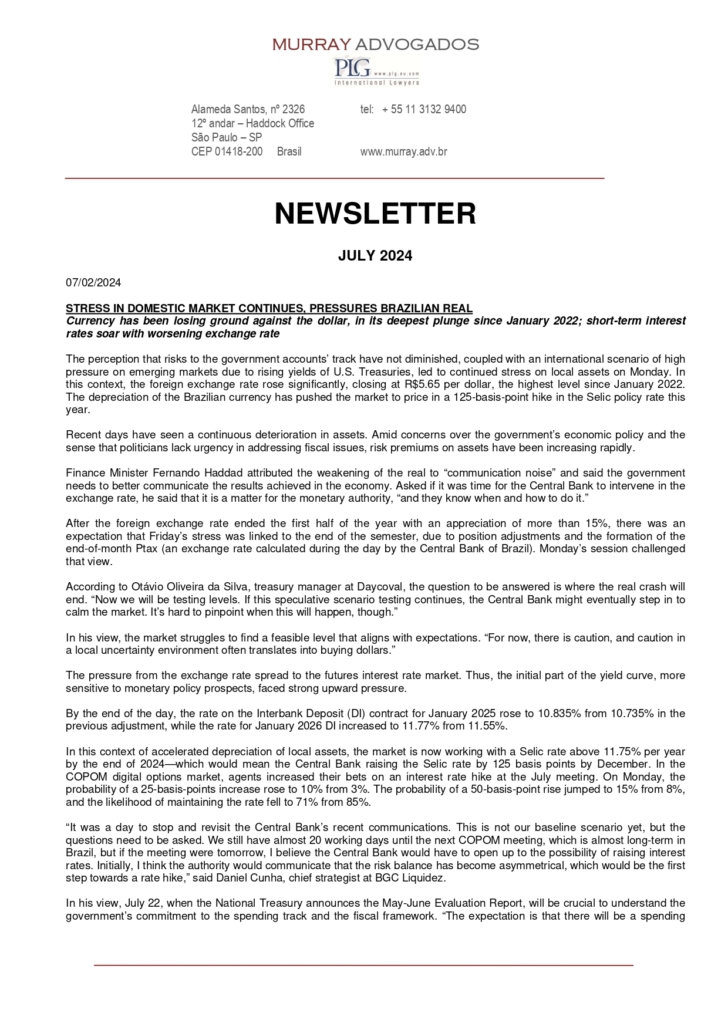
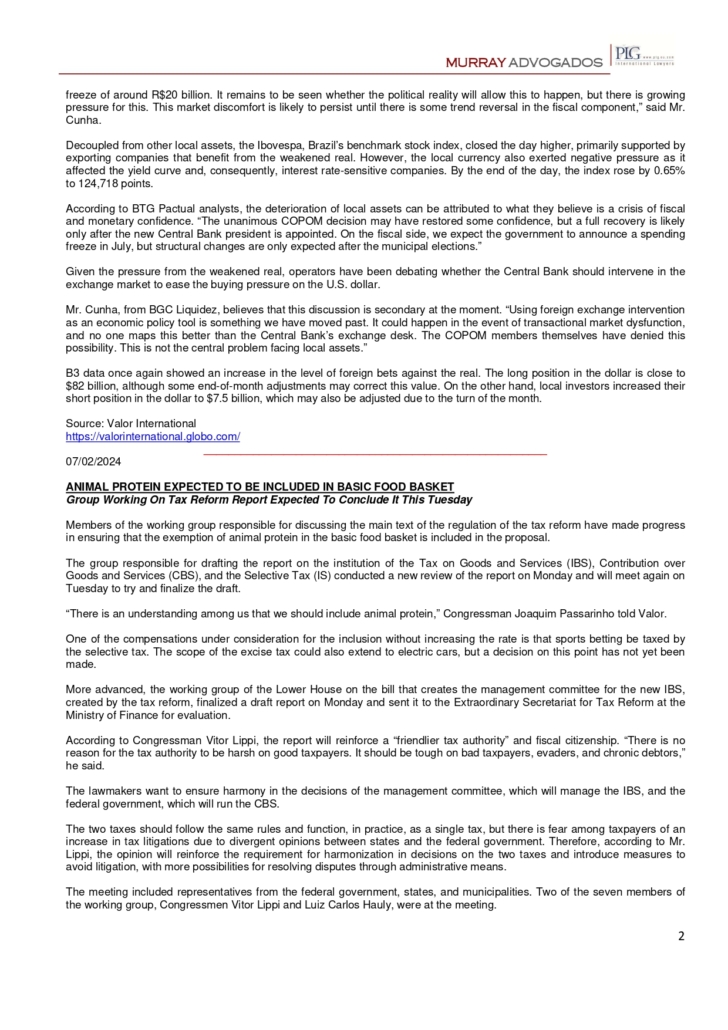
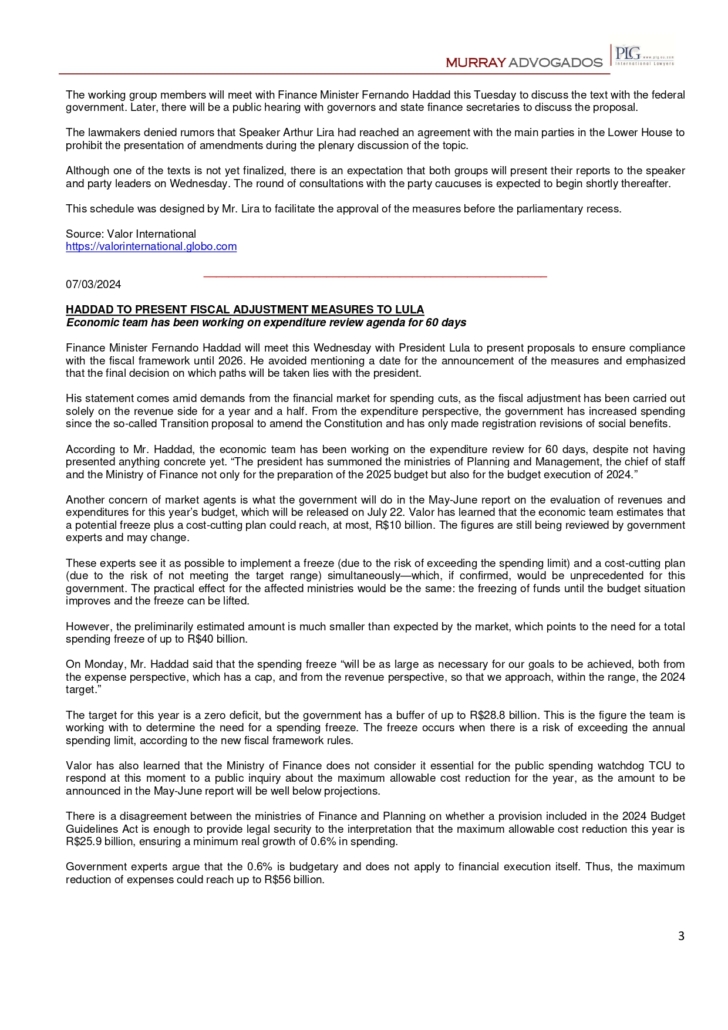
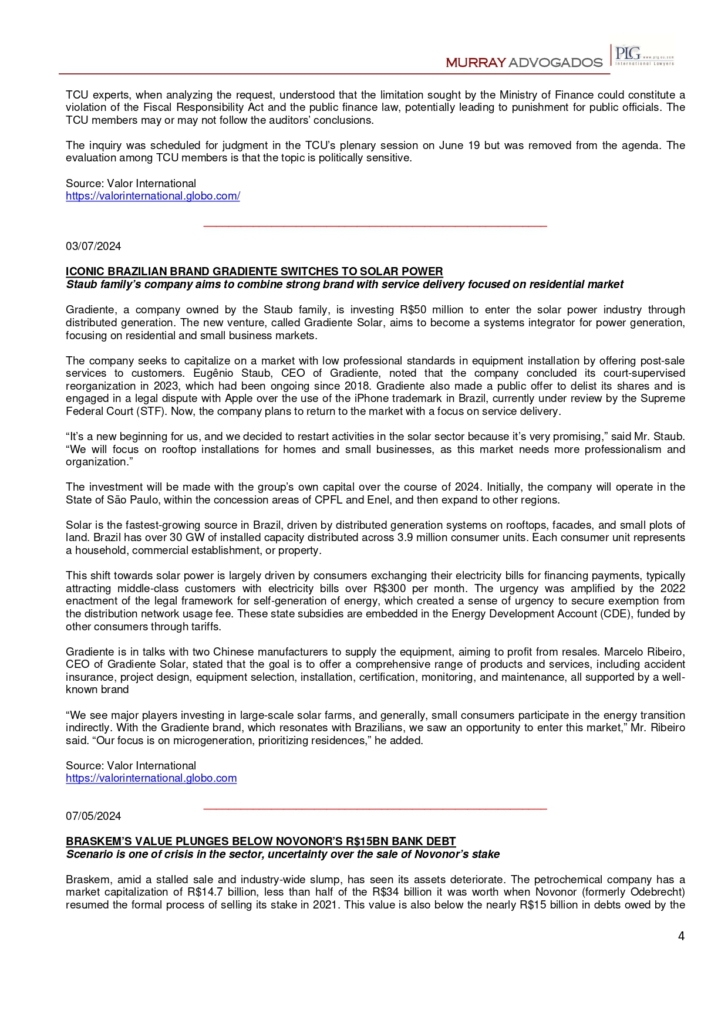
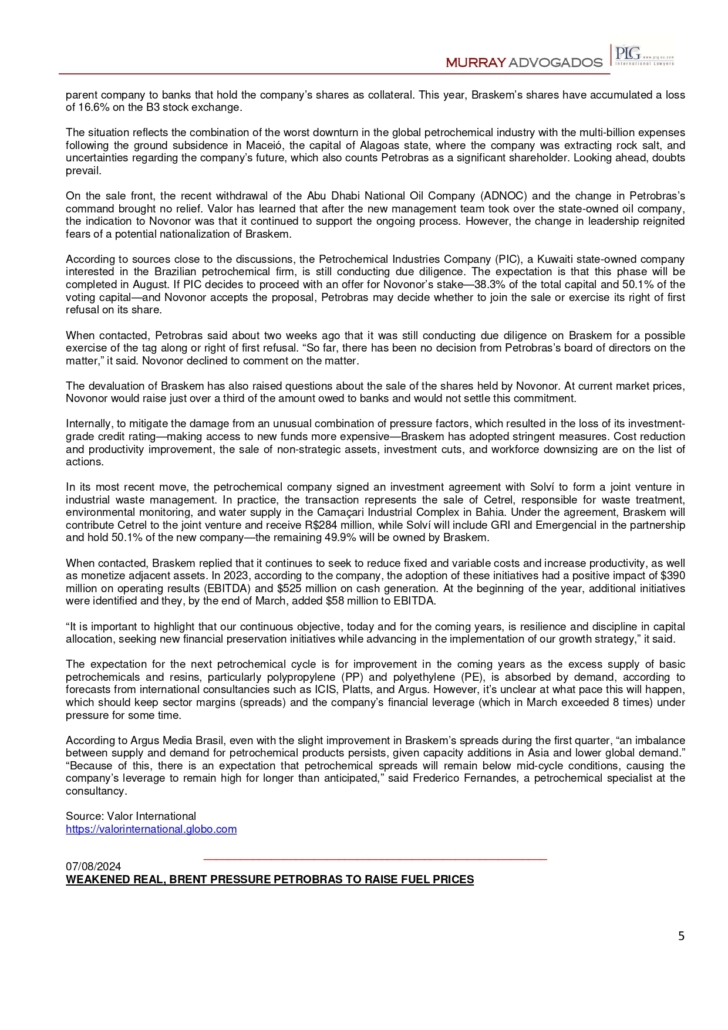
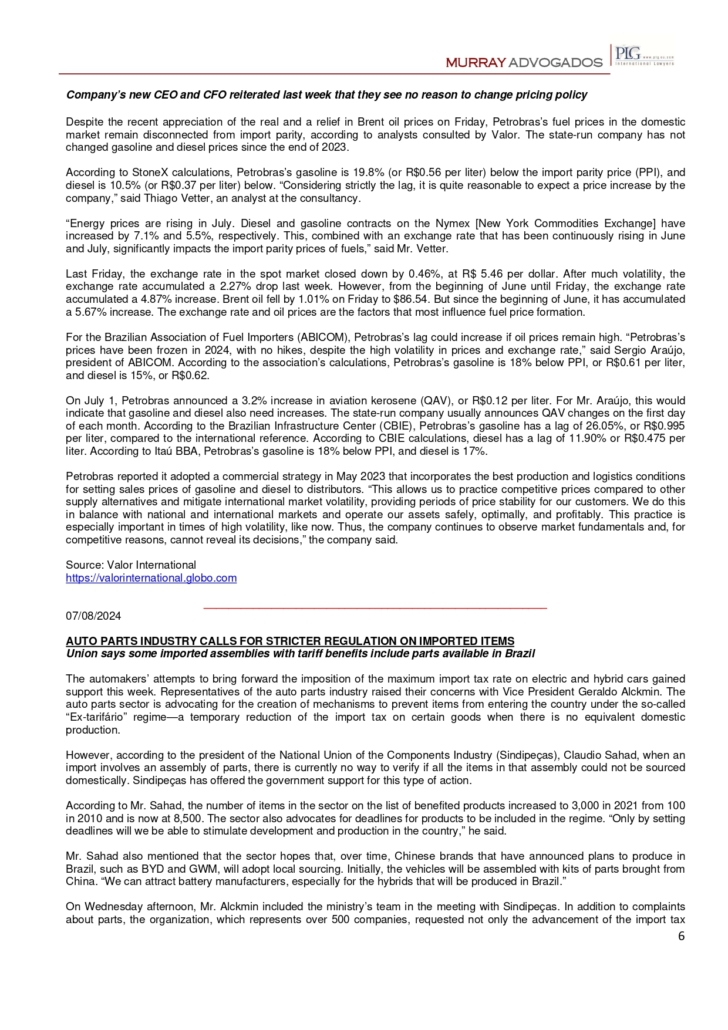
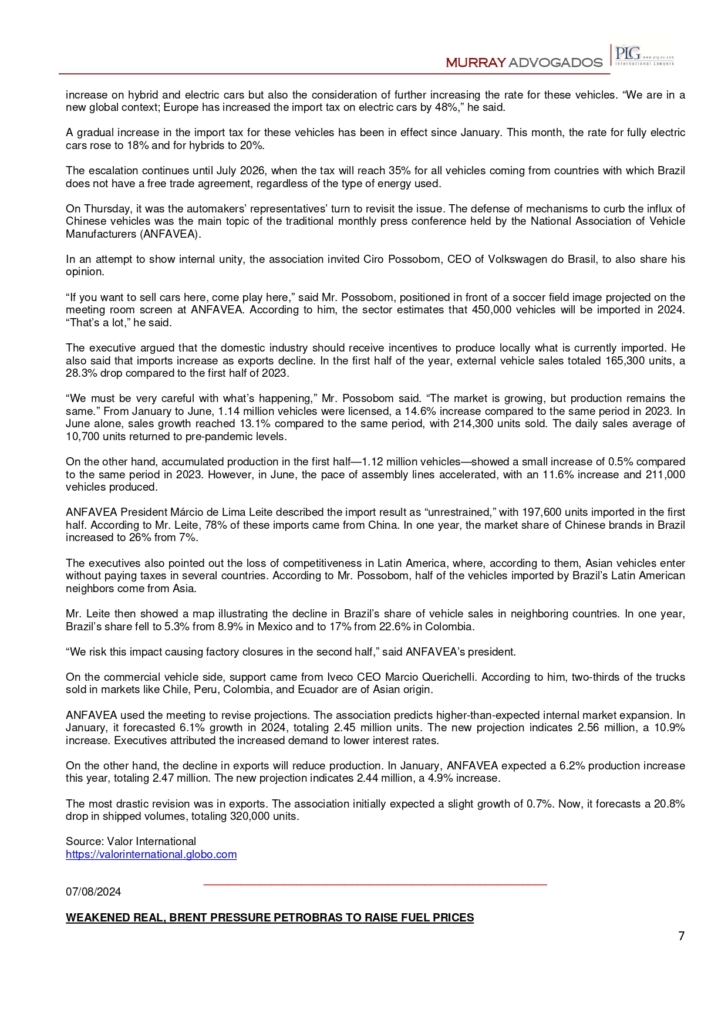
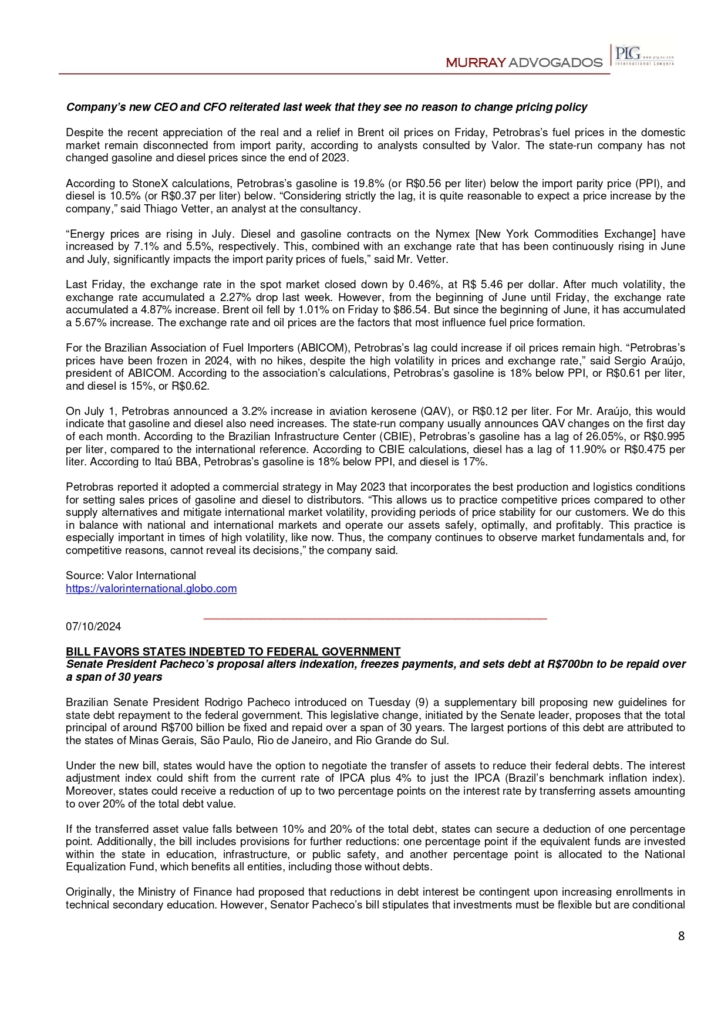
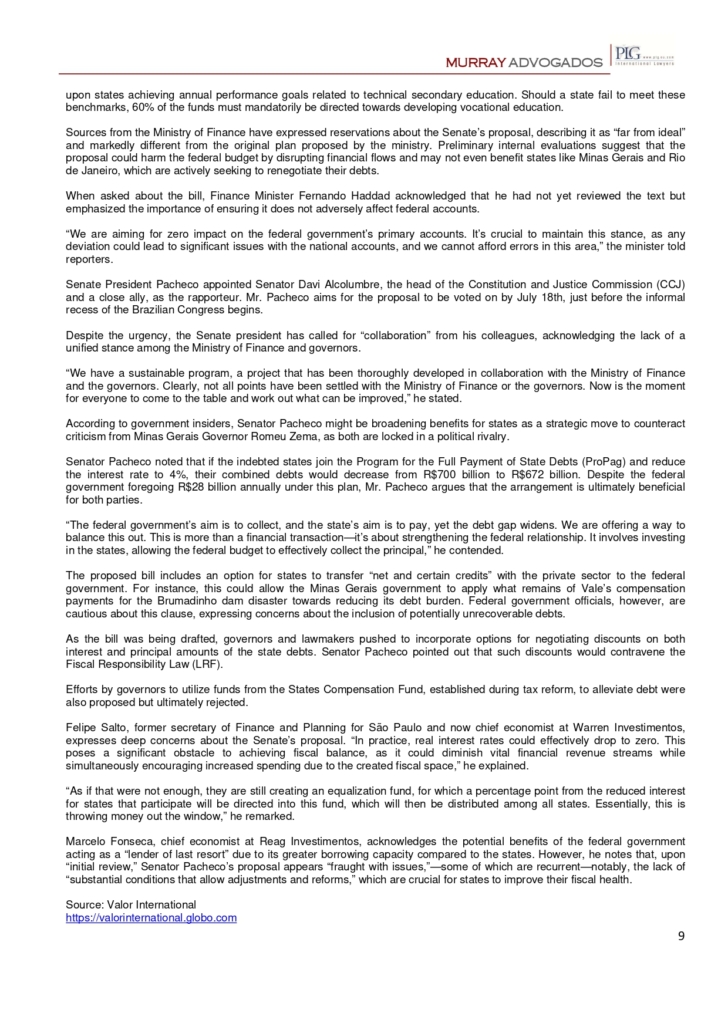
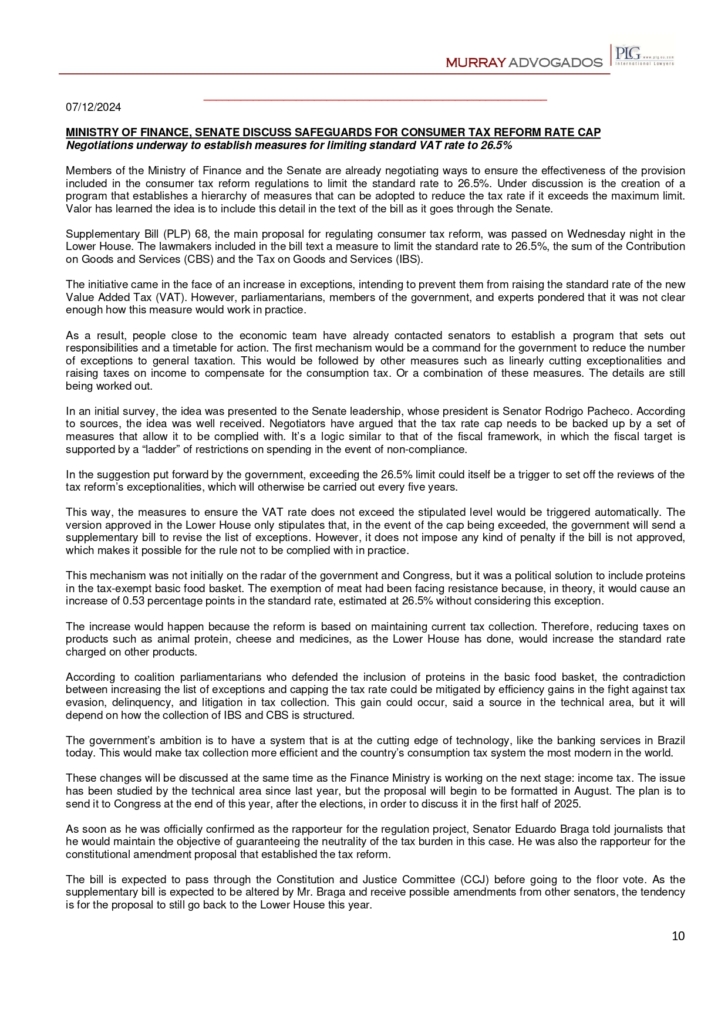
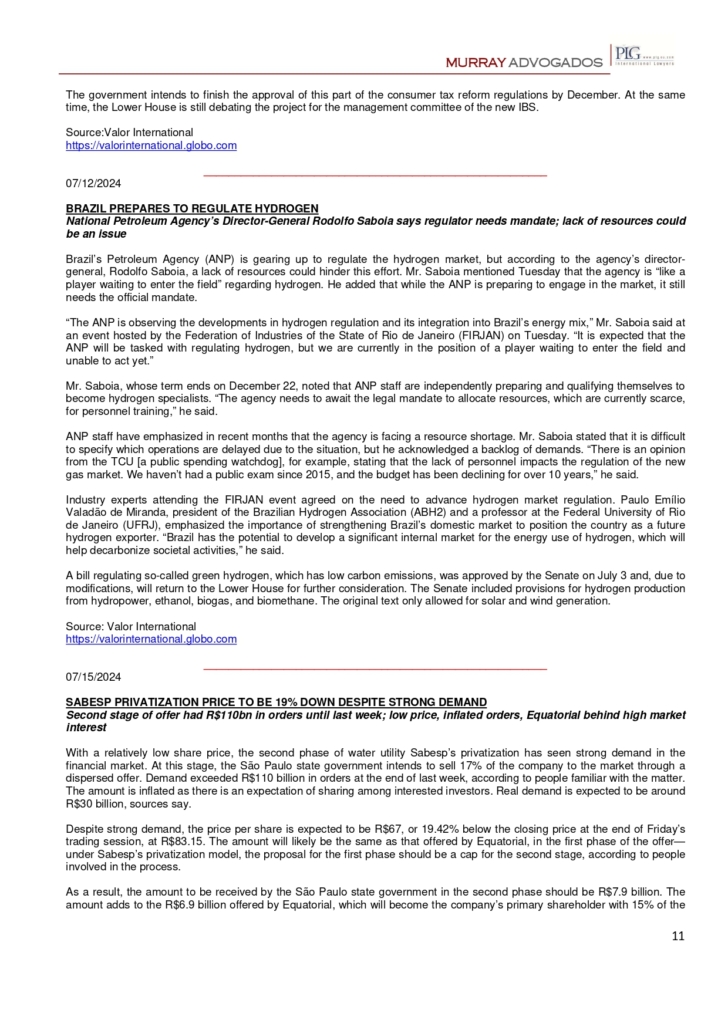
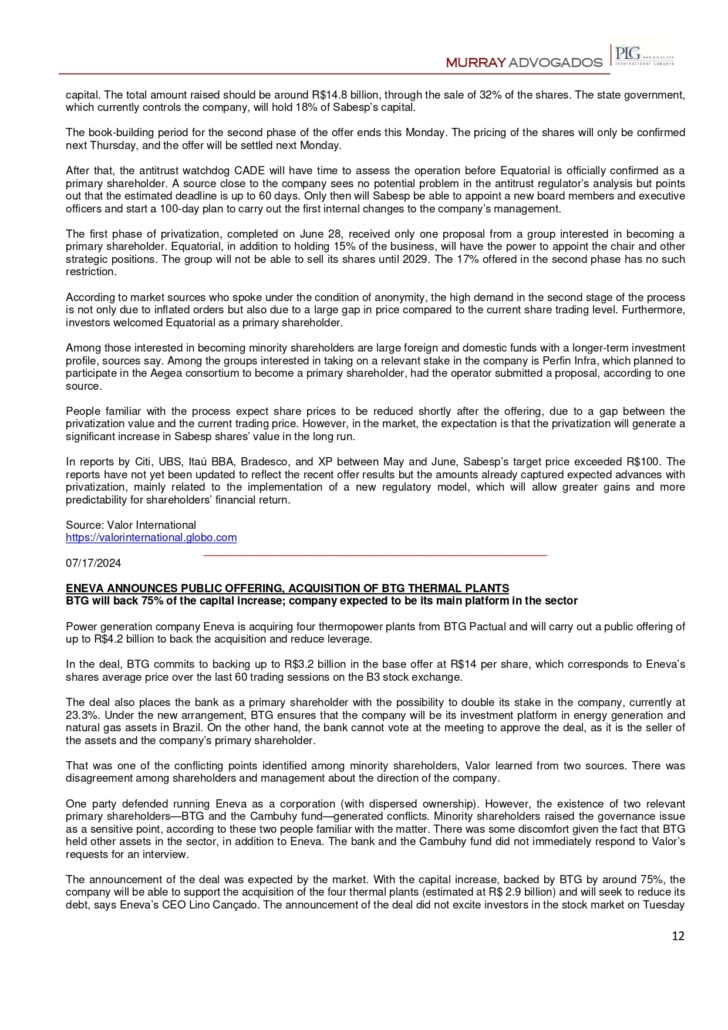
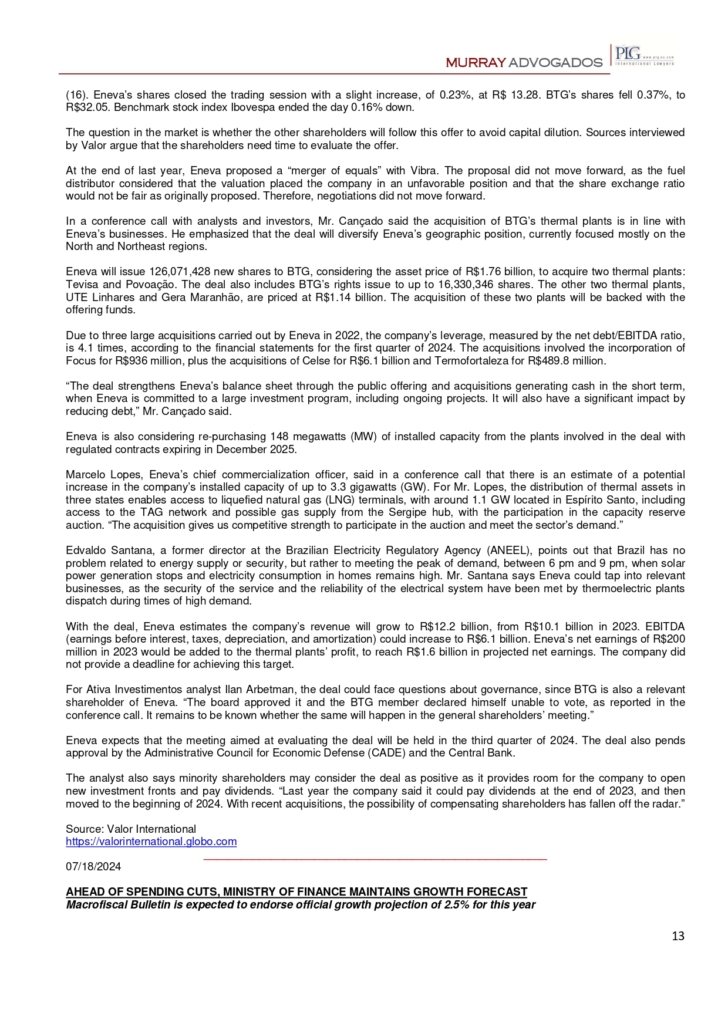
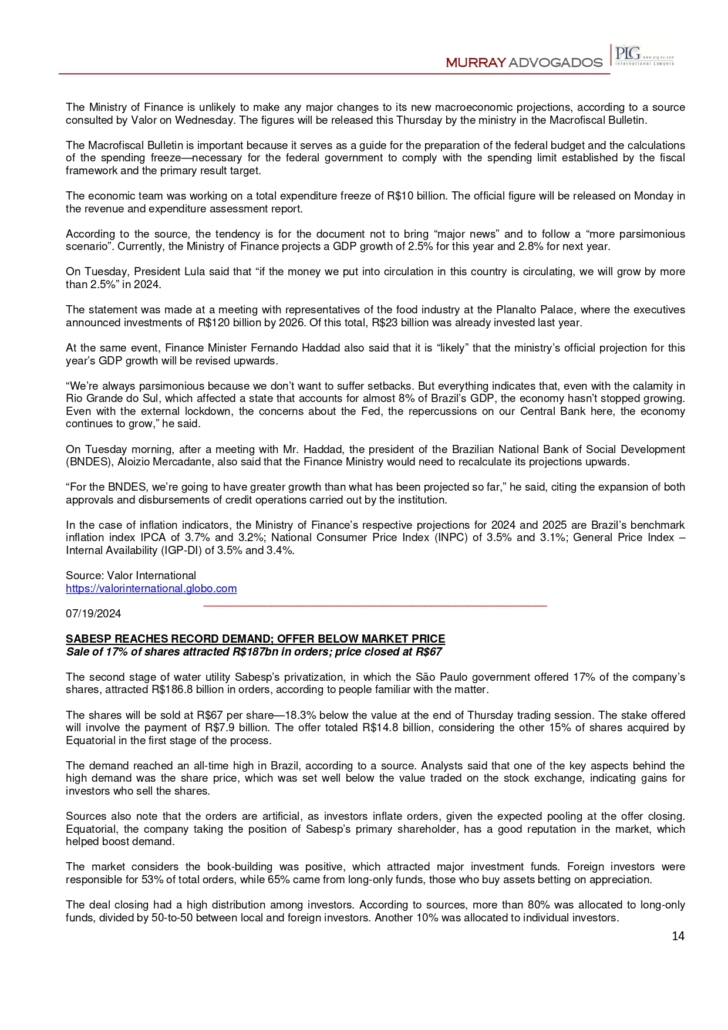
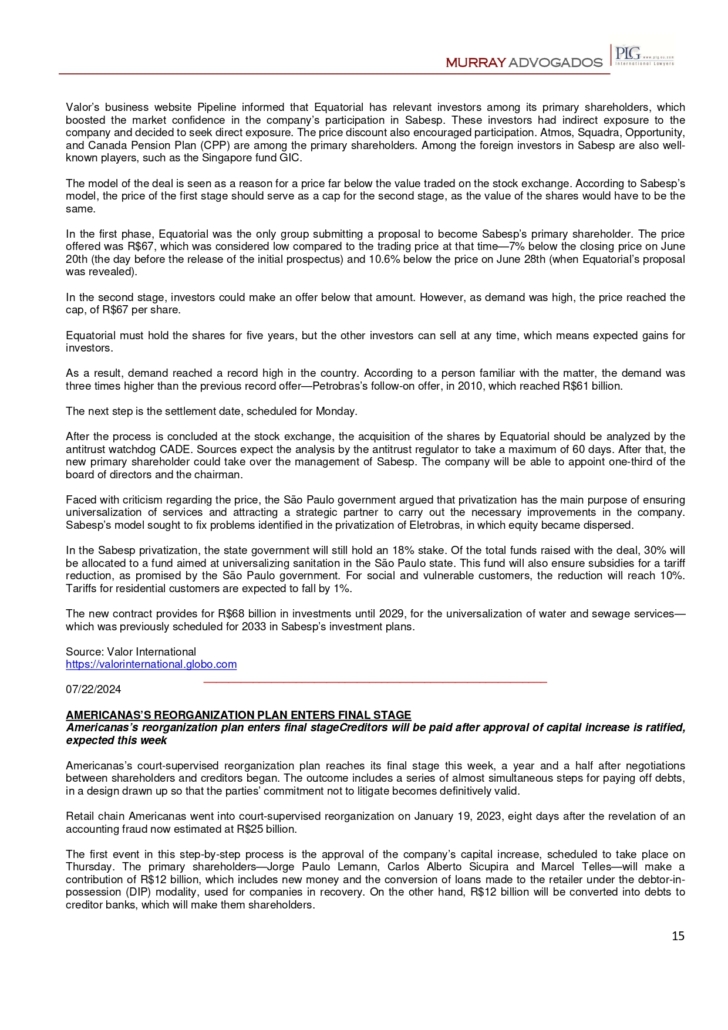
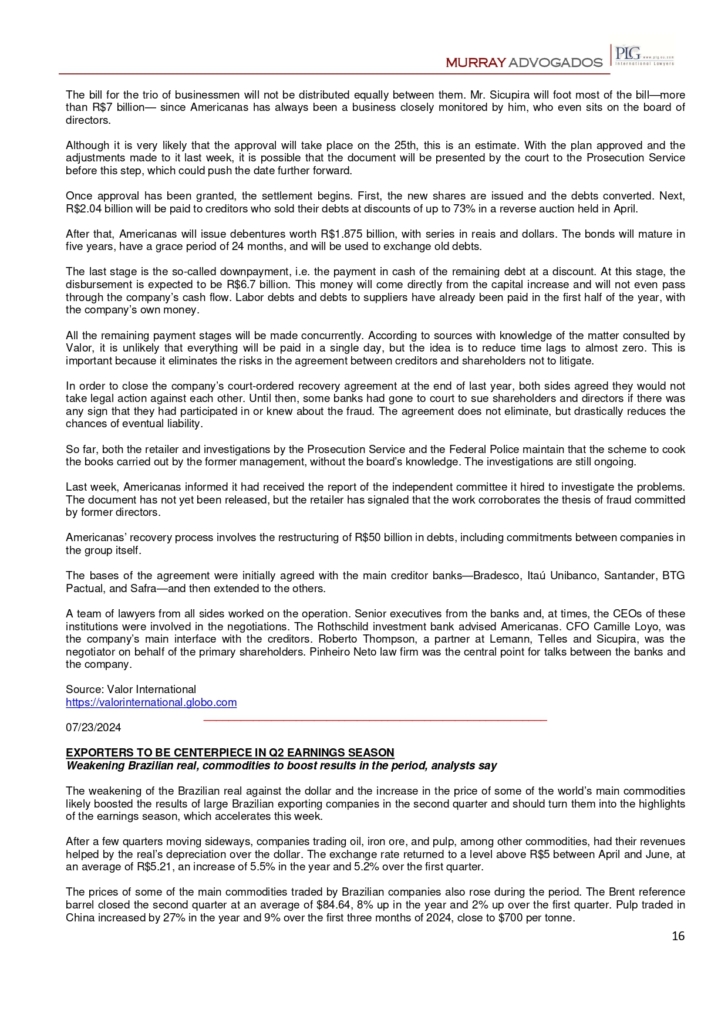
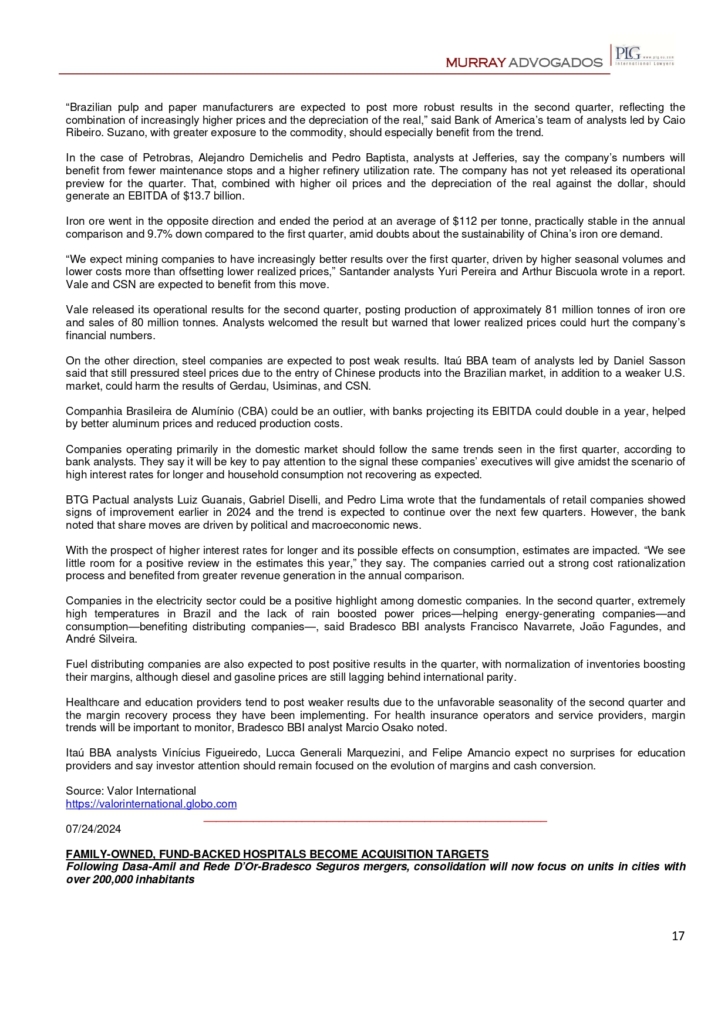
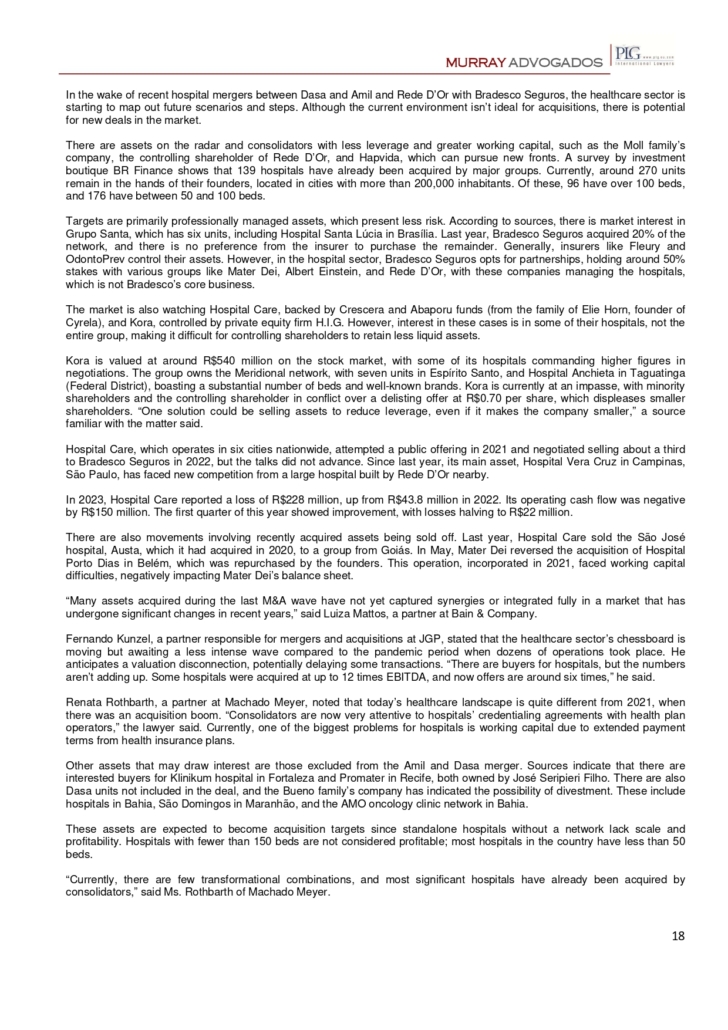
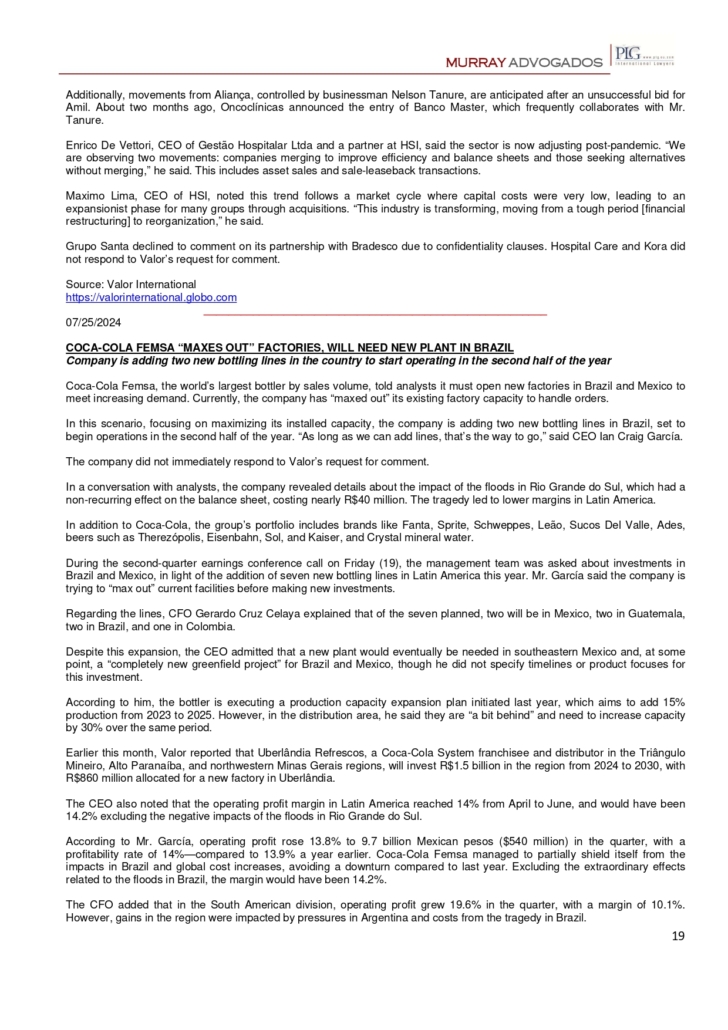
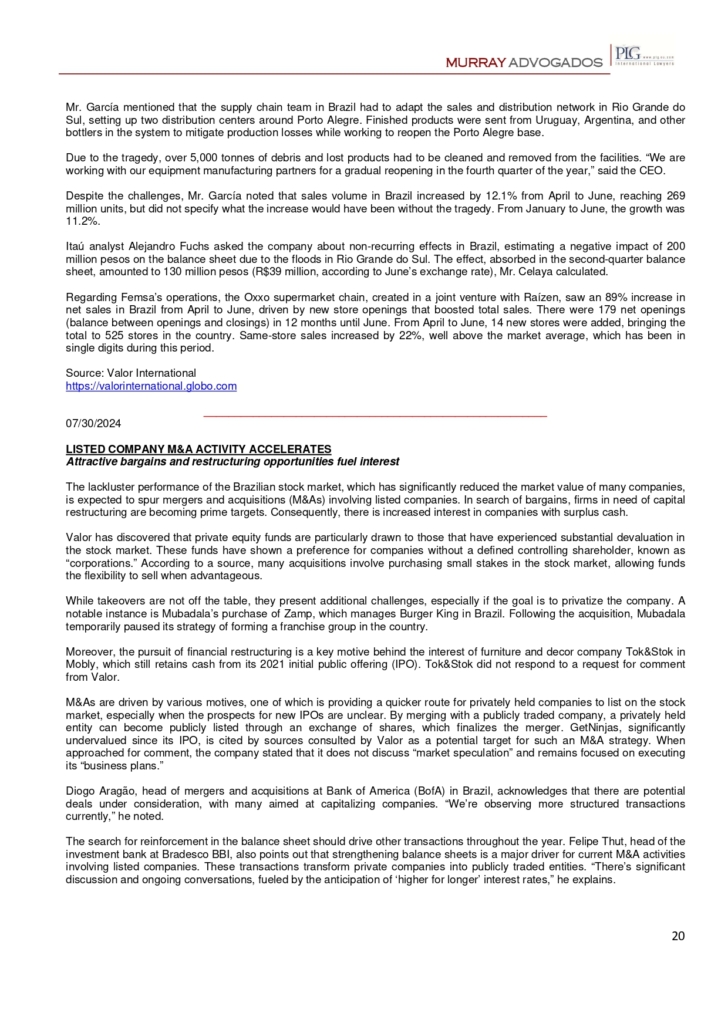
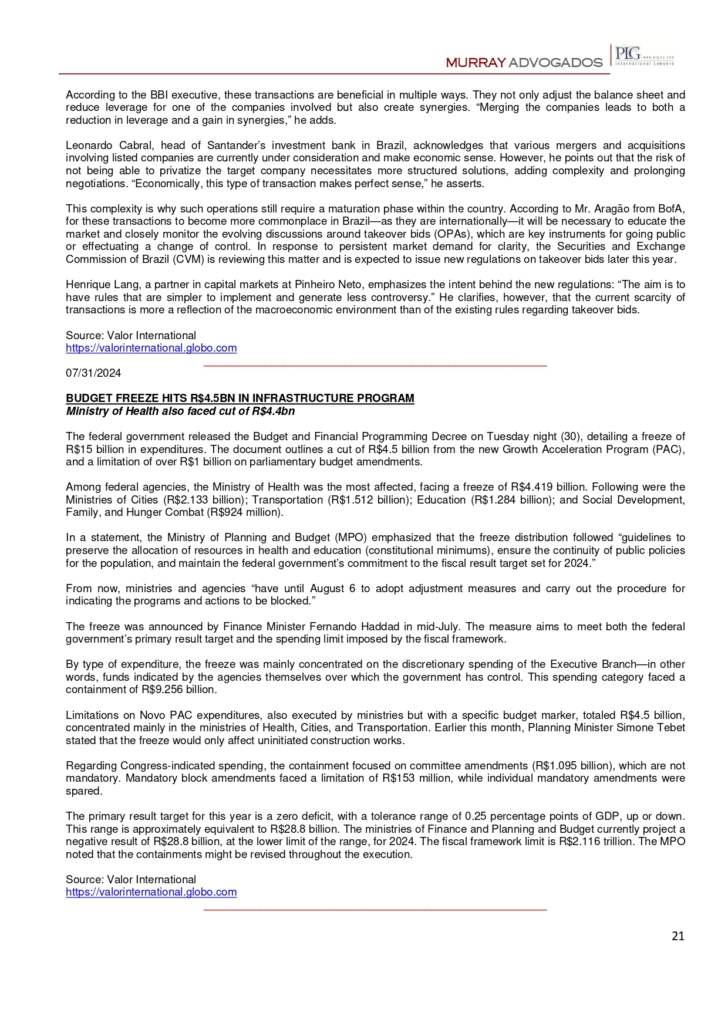
/i.s3.glbimg.com/v1/AUTH_37554604729d4b2f9f3eb9ad8a691345/internal_photos/bs/2023/u/J/Hi0mqxRdSU0F5GkkdIsw/071218quimica-2041.jpg)
/i.s3.glbimg.com/v1/AUTH_37554604729d4b2f9f3eb9ad8a691345/internal_photos/bs/2024/B/t/7LnMHXQlC35pdWY16dwA/300424denisferrari014.jpg)
/i.s3.glbimg.com/v1/AUTH_37554604729d4b2f9f3eb9ad8a691345/internal_photos/bs/2024/M/S/Ug1kgASBeak0roECcAkg/whatsapp-20image-202024-08-01-20at-2018.47.46.jpeg)